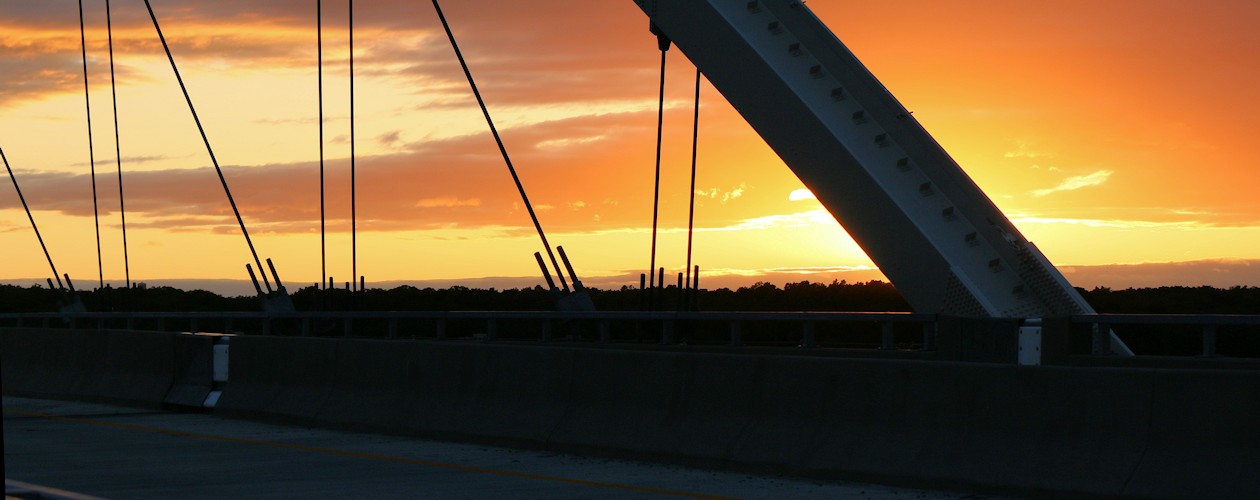Fall Fishing Tips for Kentucky Lake & Lake Barkley
October 19, 2017 | Staff Report
As the leaves change to fall colors, bass and crappie begin to make transitions of their own. Fall fishing presents a few challenges to fishermen on Kentucky Lake during this time of year. However, anglers who understand the role that water temperature and seasonal migratory patterns play will find a fall fishing trip rewarding.
Bass Fishing in the Fall
According to Kentucky Lake bass fishing guide Dave Stewart, the migratory movements of bass during the fall season look different from those patterns the fish establish in the spring. Stewart pays attention to several factors when determining where to cast a line in search of bass and everything hinges on water temperature.
He says that the transition to fall fishing can be observed in three stages.
Stage 1: Early Transition
During the early transition, the water temperatures begin to drop to around 75 degrees on the surface of the channel in the early morning hours. This initial drop in temperatures motivates the shad to travel. The first fish to travel during this initial stage of fall migration are the young shad. These include the threadfin shad. The larger shad remain in the deeper waters of the lake, but are continually moving. This is one of the most challenging times for a bass fishermen to cast his line.
"The bite is overall slow and scattered until we reach true fall feeding water temperatures. This is when we will see more concentrations of schooling bass feeding up for the on-coming winter months," Stewart says.
Stage 2: Fall Transition
The second stage of the bass migration is the fall transition period. This is the phase in which the adult threadfin begin to move to the shallow waters of the lake. Water depths range from one to six feet. However, Stewart cautions anglers about using water depth as a measure for where to find the most bass.
Stage 3: True Fall Pattern
During the fall transition, bass fishing begins to become a bit more productive. As the larger shad migrate to the shallow waters, the bass begin to follow. According to Stewart, as the season progresses and the water temperatures reach 60 degrees, this signals anglers that the true fall pattern has officially arrived.
"The pure fall pattern begins when the water temperatures drop below 60, down into the 50's,” he says. "That's when one can expect the bass to be more actively feeding in schools and more concentrated in the shallows in the creeks and bays, as well as on the shallow main lake flats. This true fall feeding pattern normally lasts until the water temperatures drop below 50."
Stewart says it’s difficult to plan a fall fishing trip based on a calendar. The key is in observing the water temperatures. These temperatures play a crucial role in where and how many bass can be found on the lakes, creeks and bays.
"We don’t typically hit the full fall pattern until November," Stewart says. "But then you have these heat waves that move water temperatures up and down, and that can throw things off."
Stewart says it’s not unusual for bass fishing to be tough leading up to the full fall pattern for bass fishing.
"People read the calendar and think they're in the fall, but we're not in the fall bite yet. Water temperatures are key," he says.
Stewart has tracked temperature and migratory bass fishing patterns for 30 years. In his experience, anglers who pay close attention to water temperature will find the most success in catching bass fish during the fall season.
Bait for Bass Fishing
The bait one uses for bass fishing in the fall depends on a what stage of the transition the bass are in.
"During the early transition and fall transition periods, some days reaction baits, such as top water lures, spinner baits and crank baits, can produce some fish. However, slower techniques such as jigs, shaky heads, Texas rigs, tube jigs and drop shots can be more productive and tend to produce more numbers of fish. Once we reach the true fall water temperatures, typically, the aforementioned reaction baits rule most days," he says.
Crappie Fishing
Fall crappie fishing can also frustrate anglers, as crappie seem to be on the move as the water temperatures begin to cool. Crappie fishing guide Doug Wynn says that as the baitfish move into the shallower waters of bays, secondary points and rocky banks, crappie will soon follow.
Where cover such as blow downs or stakebeds are present in these shallow waters, fishermen are likely to discover a population of crappie awaiting their arrival.
Techniques for Fall Crappie Fishing
When it comes to bait and techniques for casting a line, Wynn says he uses a variety of presentations, from casting to casting with a bobber to using a small planer board. His retrieval methods are generally dictated by the temperature of the water.
As for bait, Wynn says, "I use curly tail grubs on 1/16 to 1/8-ounce jig heads and roadrunner-type spinner heads in the same weights. If using a spider rigger, it should cover as much water as possible, using minnows or jigs tipped with crappie nibble attractants."
Find a Fall Fishing Guide
Whether fishing for bass or crappie, hiring an experienced fishing guide can make a fall fishing trip to Kentucky Lake a fruitful experience for anglers of all skill levels. Find a full list of guides available for service in the Kentucky Lakes Area here.








